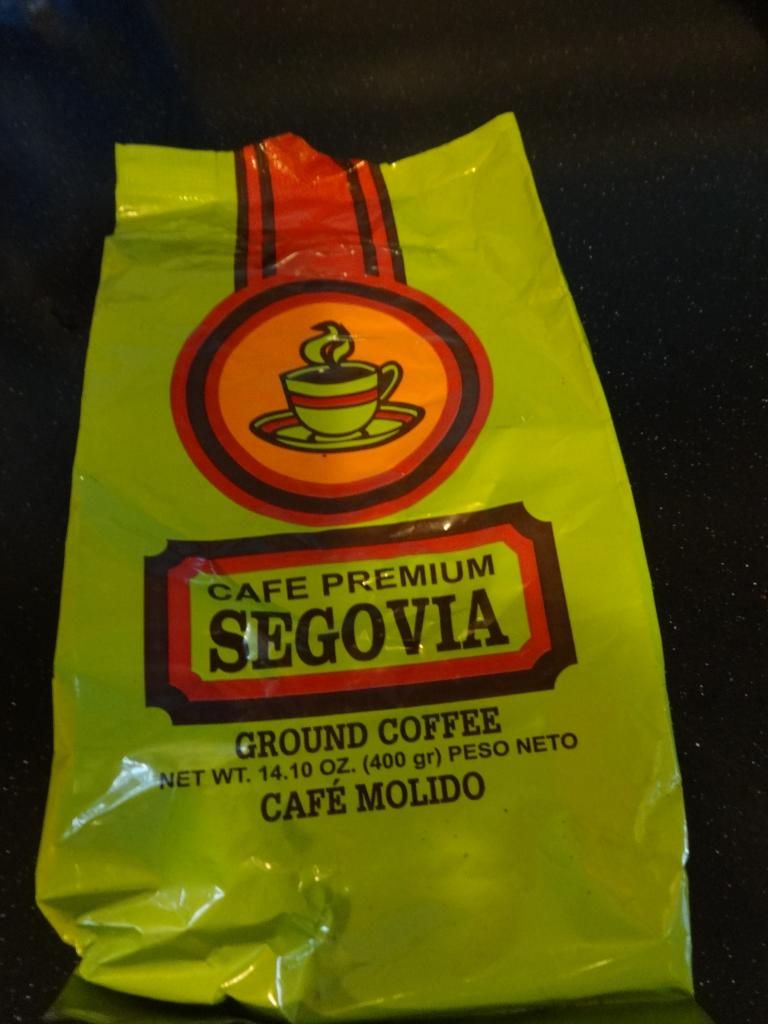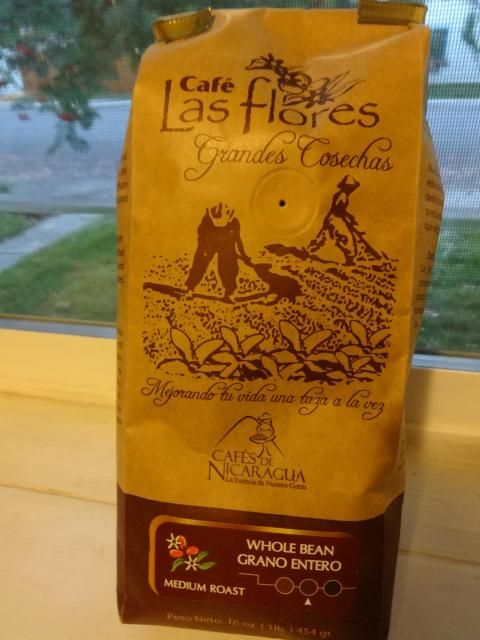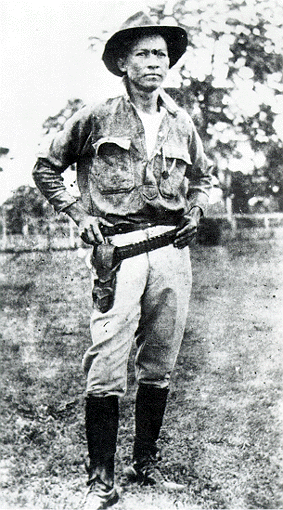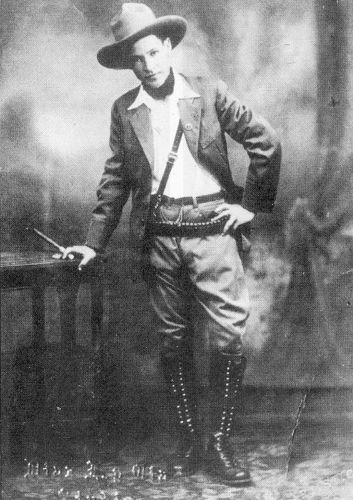I really got to see how easy the process was after visiting Ethiopia, where I sat through a month’s worth of “coffee ceremonies” – after dinner, a girl makes a small fire on the kitchen floor (literally) and roasts a handful of beans in a hammered tin pot, then grinds them and makes coffee using a handheld drip system. Good stuff.
Green beans from the market were usually of erratic quality. The impression I got was that the bean sellers were not the bean harvesters – they were likely aggregators pulling together beans from a number of producers, or getting the non-exportable excess from a higher-quality farm. It was always impossible to determine the precise pedigree of the bean other than they were “local”. One exception to market quality was in Sulawesi, where the beans I saw in markets were about as pretty, plump, and uniform as green coffee beans can get.
Nicaragua has a coffee culture – probably more so than what I’ve found in places like Guatemala or Honduras – but the coffee quality is overall lower than what I found in adjacent nations. A lot of that has to do with topography – Nicaragua has a lot of mountains but they are relatively low elevation. That also is a fact that means the nation will lose its coffee crop much quicker to global warming than nearby nations with higher peaks – in Guatemala, for instance, as the temps warm, the trees can to a certain extent be moved up the mountains.
Nicaraguans like coffee, but they also like it weak – so weak that children drink it, and more than once I had to convince a waiter that no, our 2-year old did not need coffee to wash down his pancakes. For a couple of reasons I did not come home from Nicaragua with green beans, but after getting some tips from locals in Granada I did bring back several bags of locally roasted beans. I doubt these will show up at Albertson’s any time soon, but in case you are interested …
1. Café Premium Segovia ($3.70/400g – nearly 15 ounces)
This pre-ground bean was the cheapest of the lot, and my least favorite. The roast was medium to dark; in the espresso machine it yielded no crème. The taste was floral and bright and somewhat acidic – similar to what I’ve tasted from Rwanda – but not to my liking.
2. Casa del Café ($6.75/400g)
Case del Café is a local chain of coffee shops – their hacienda-style café just off the main square in Granada is a grand setting. These whole beans were the priciest of the bunch but not the best. Despite being a medium roast the grinds are a few shades of brown too light by my reckoning. In the espresso machine you get a decent crème, and the flavor is full but feels dialed back – as though there’s another 20 percent of the flavor that’s not showing up.
3. Café Las Flores ($5.75/454g)
This medium-roast whole bean was the winner of the three by far, and a great deal compared both to other Nica coffees and what you find at home. It ground a consistent dark brown, and in the espresso machine it yielded a gorgeous thick crème. The taste was expansive and smooth. This was the one I wish I’d filled my suitcase with.
Hey – why is Guevara celebrated but not Sandino?
American troops with Sandino’s battle flag:






1 comment:
Thanks for the tips on Nicaraguan coffee, this will come in handy on my upcoming trip!
Post a Comment